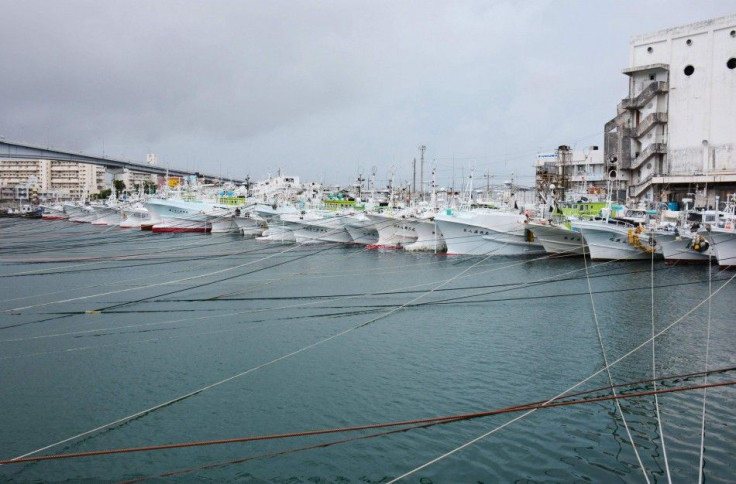'Alien' Green Lights Mystery Solved: Bright LED To Attract Squid

Astronaut Reid Wiseman, a Baltimore native, noticed green flurry lights near the coast of Bangkok and took a picture of it. He posted it on Twitter with the message:
#Bangkok is the bright city. The green lights outside the city? No idea… pic.twitter.com/TDzyin3hK7
— Reid Wiseman (@astro_reid) August 18, 2014
He is on board the International Space Station and captured the image from more than 320 kilometres above the planet where the green glow was clearly visible.
There were several theories that sprung up like aliens, nuclear wastes and bioluminescent algae, but National Aeronautic and Space Administration puts all the theories to rest by claiming that they were created by fishing boats present in the Gulf of Thailand.
The mysterious lights are actually an array of bright green LED lights that are used to attract sea life like squid to the surface. The image portrays how powerful the lights are as they were seen from space as well as how many fishing boats are out there.
In an article in October 2013, Michael Carlowicz wrote on NASA's Earth Observatory website that the fishermen from South America and Southeastern Asia use powerful lamps in the ocean to attract plankton and fish species on which squid feeds on, so that the squid come to the surface, making it easier for the fishermen to get a hold of them. More than a hundred lamps are carried by the fishing boats, each of which generate 300 killowatts of light.
Initially, the scientists noticed the lighting in the seas in the late 1970s to the early 1980s when they were going through the first maps of Earth during the night time.
A Colorado State University scientist, Dr. Steve Miller explained the lights help to find variability and patterns of fishing activities and this is a perfect example of the information existing in night light measurements and the uniqueness of the link between human activities and the natural environment.




















